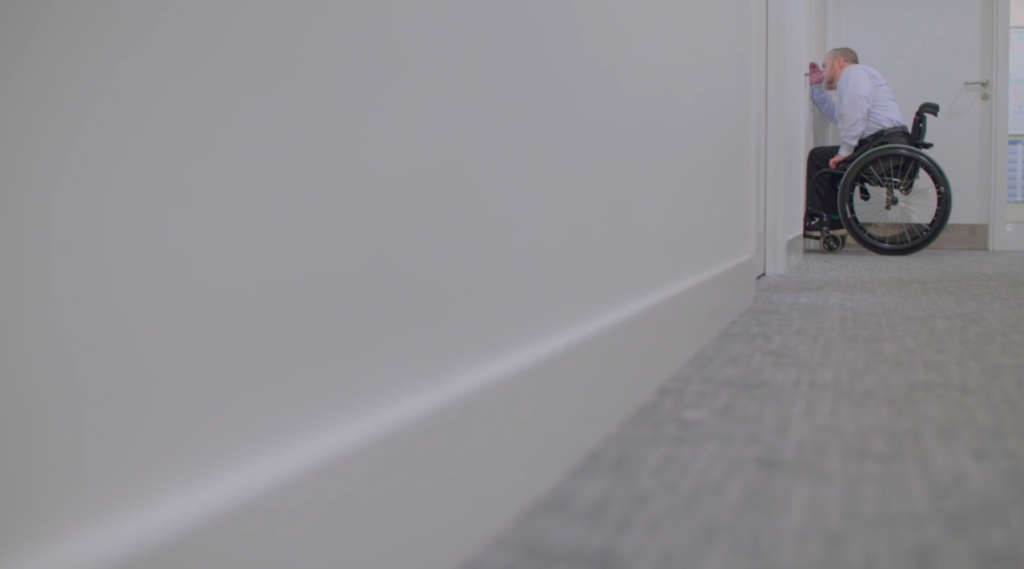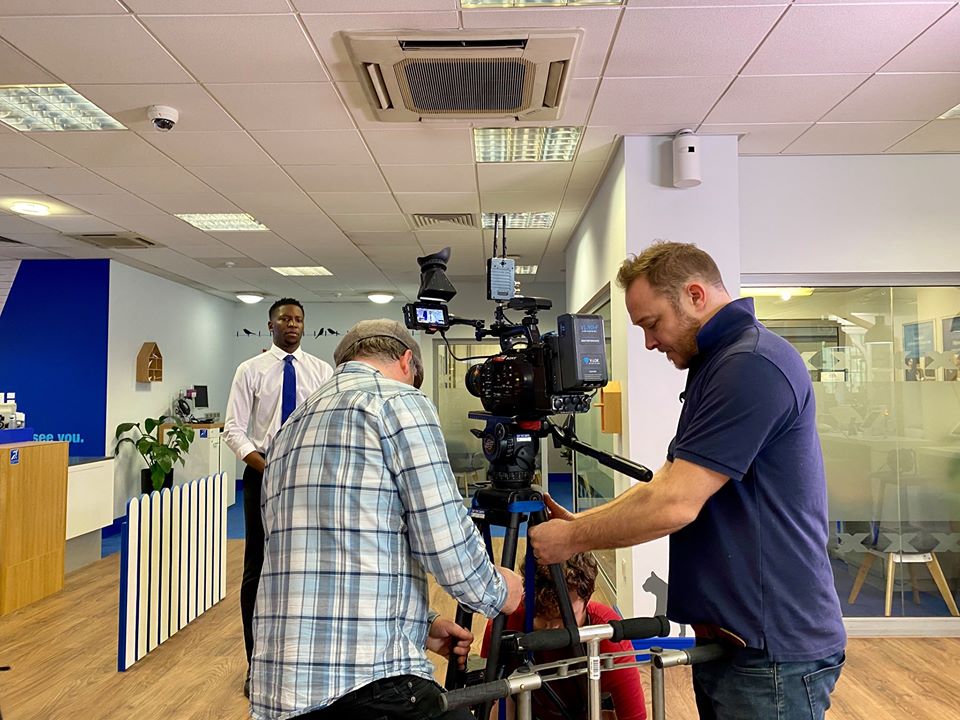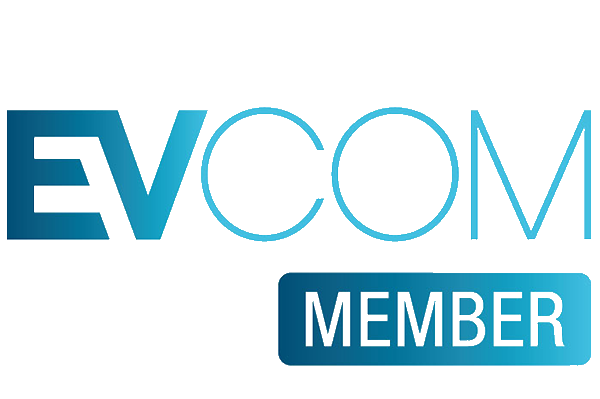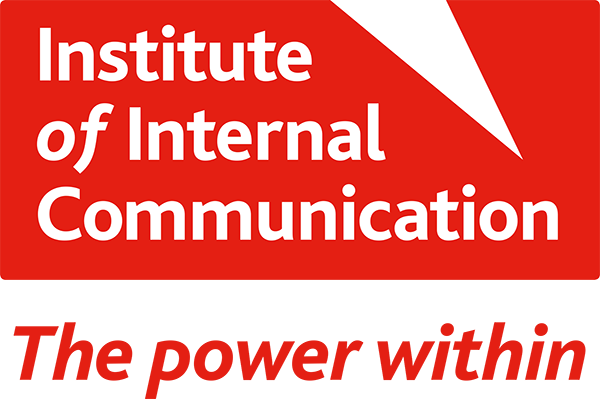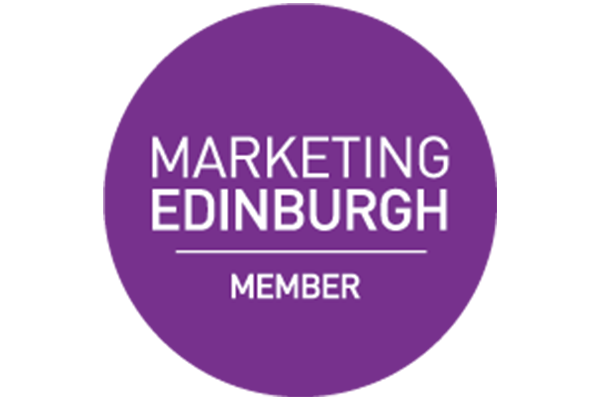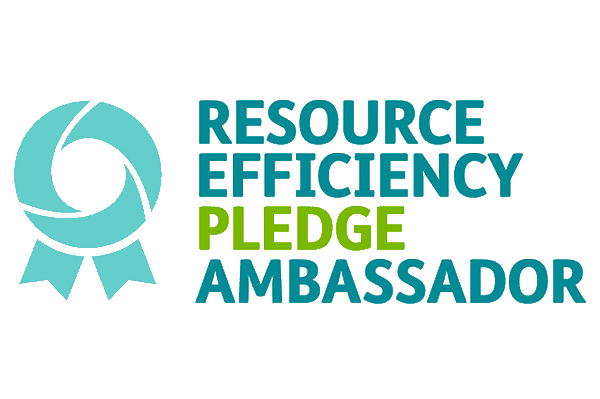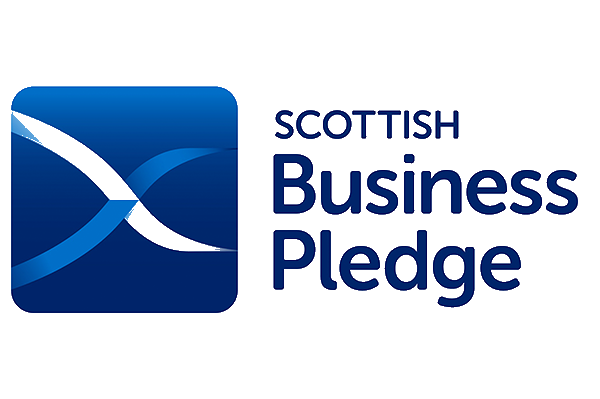Speakeasy features…
Andrew Maclean is a Speakeasy director who has recently created some exciting and challenging dramas on important topics such as mental health awareness and accessibility. Andrew’s skill lies in his ability to inject light and humour into everything he does and to see the beauty in the most unexpected of places. We took some time to find out how Andrew is surviving lockdown as a creative…
1.What is your style and approach as a director?
I started life in advertising and I’m from a family of advertising folk. I also worked in branding for a short time too. That’s really affected how I make films. My aim is to make films that audiences want to watch. People’s time is too precious to hope that they will watch a film with correct messaging. We have to find something that grabs them. Maybe that’s a cool look, a big laugh, a character you engage with or a story that takes you on a journey. A film is like a friend. We only stay in the room with them if we like them. It’s my job to make films you want to be friends with. I take this same approach when it comes to being on set. I believe in a low-key, collaborative approach. I want to hear the best ideas on set and I don’t mind where they come from. I make sure I have a very clear vision for the shoot. I will run lines, spend time running the full edit in my mind prior to the shoot and often use storyboards and script breakdown until it is tack sharp in my mind. Once I am on set I then hold the clear vision very lightly so that the cast and crew can bring their skills and ideas to make that vision better. With each suggestion I try to imagine someone sending me this film by email. Am I going to watch it through to the end? If not why not? What are the sticking points? How can we turn these sticking points into grabbing points; places to reach out of the screen and pull the audience back in. Film making at its best is pure collaboration. With a great script, a good cast and crew and with a snappy edit, the puzzle pieces fall into place. I aim to inspire crews to work together for a vision without fear of failure or condemnation so that they are at the edge of their abilities, trying to impress by pushing the envelope so that I get their very best. Mistakes happen but if a team is firing on all cylinders you can usually turn mistakes around and make a better film over all.
2.Tell us about some of your favourite projects?
I’ve been really lucky and worked on some great pieces for big brands over the years. Two of my favourite Speakeasy projects have been for Lloyds Group and had lovely scripts. They had charm and humour and the client was an absolute delight. We managed to pull together a fantastic crew which we used for both films. One film was for Mental Health Awareness and the other was to promote Inclusive Communications. The Inclusive Communications piece had a particularly brilliant and funny premise at its core. That by not thinking inclusively staff were effectively slamming the door in people’s faces, tearing up their brochures in front of customers, blindfolding colleagues mid presentation! That, without meaning to, staff were excluding a portion of society by not considering inclusion in all of their communications.
From our casting we managed to pull together a great cast who brought real personality, humour and life to the characters. When we went back to shoot the second piece, staff had already been shown the first film and the feedback was so encouraging. Those who’d seen it exclaimed what a departure it was from the normal droning, righteous, talking heads piece. One guy in particular said he’d watched it 10 times and howled laughing all the way through every time; not what you normally hear about inclusion promos!

3.What are your top tips for staying creative amidst lockdown?
Lockdown is tough going for the creative industries but also a massive opportunity for us as individual creatives. The writers strike a few years ago produced some of the best scripts in history because the best people had time to write what they had always dreamed of writing. I think we’ll see this in every department in every way. The internet is crammed with creative challenges being set, lessons being taught and new skills practiced. As a director it is better if I know how each department works so it is a great opportunity for me to practice my camera work and editing. I’m training with After Effects and dipping my toe into 3D design. The more I know each of these skills the more I can direct with these in mind. I can then bend and/or break the ‘normal’ way of doing it! That just brings freshness to creativity.
4.How do you see the film industry changing for the better/worse as a result of Covid 19?
I think we will see a boom in short film making just following the lockdown. There’ll be a boom in creativity generally. I imagine that there will be a host of new styles and looks discovered and exciting changes across the industry as people have had such a long time to experiment and hone concepts and ideas.
A recent poll in Broadcast, the industry magazine, said that 50% of freelancers are considering leaving the industry for something more stable. The Chancellors thinly veiled threat that ‘things will have to change for freelancers’ in relation to tax is another nail in the freelance coffin. More people will try to move in house, others will just leave the industry. This might leave a bit of a power vacuum. Film is ramping up in importance year on year and with fewer and fewer crew to make the films there might be huge opportunities. Maybe…

5.What’s the most important thing you could say to aspiring directors? Insights/Top tips/advice?
10,000 hours. The saying that ‘you need 10,000 hours practice to be an expert at anything’ is true. And that’s tough. That’s a lot of time and practice when you aren’t an expert. Getting 10,000 hours under your belt is hard work.
If you are a perfectionist this can freeze you into inaction. Don’t let it. Take your phone out and start filming. Set yourself projects and be willing to get it wrong. Your phone has a more powerful camera than most of the cameras on set when I started in the industry. You may as well use it. Make anything! TikTok, Facebook, Youtube, Vimeo and SO many more are hungry for your films. Make them, upload them, experiment. Make films about what you’re passionate about. Make films about your friends and what they are passionate about. At one point I set myself a task to make a film every day I wasn’t working, in a normal working day I would write, shoot and edit a little film. Some were good, some were terrible. I got fast and I quickly learned which corners I could cut and which I couldn’t.
Be resilient. Someone will hate what you’ve made. Always. Listen, take it on board and move on. Sometimes they are wrong, sometimes they are right, that doesn’t affect who you are. Can you learn from it? If not throw it away.
Target Market. Who are they. Make it one person. Give them a name, a face, a story and make your film for them and only them. This might even look like alienating some markets. Nike don’t care that my gran hates their music and their style. They make for one person and so their films feel uniform and yet edgy. One person. This will give your films sharpness. ‘Men and women between 15 and 50’ makes you a big blancmange of a film.
Be kind. I’ve been on sets with shouting directors and in offices with bullying producers or manipulative peers. It makes life horrid. People start to freeze up, take less risks, offer their ideas less often, It stifles communication which is the lifeblood of a production. Kindness gives people a chance to grow and get it wrong in safety so that they learn and get better.
Be straightforward. If people aren’t doing a good job think carefully about what they haven’t done well and how they can do it better. Tell them with kindness but with integrity. Don’t mince your words. Look up Kim Scott and ‘Radical Candour’. It’ll change your life.

